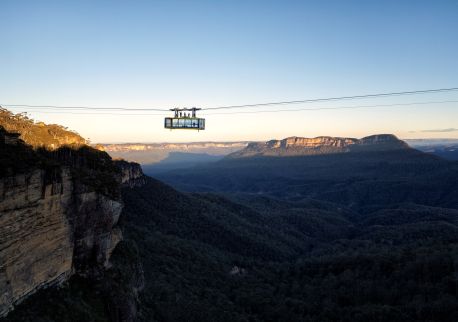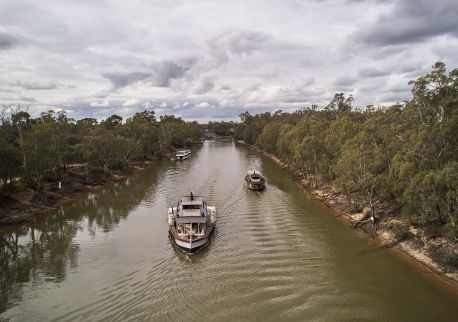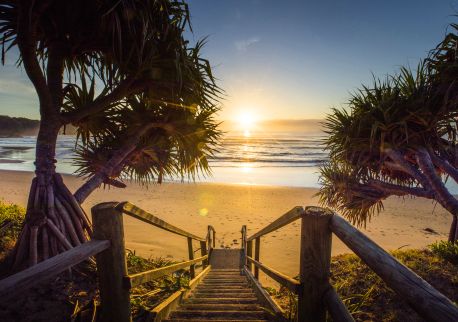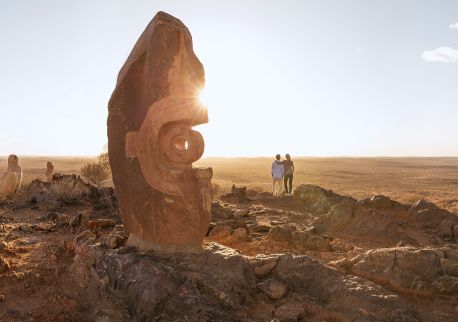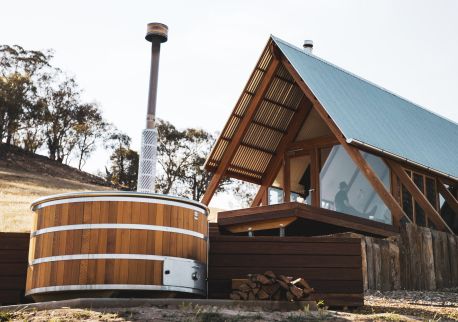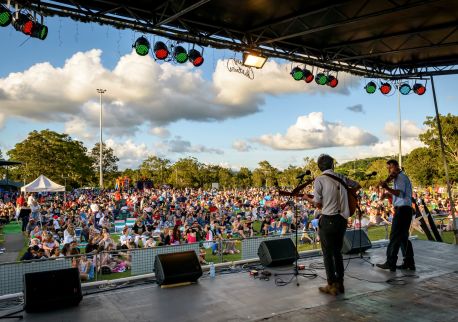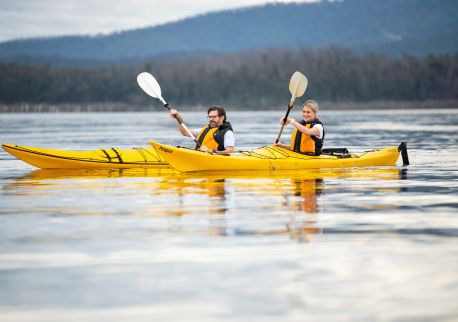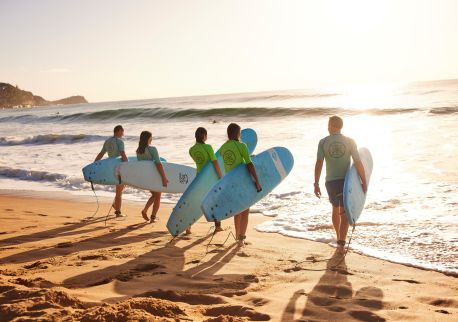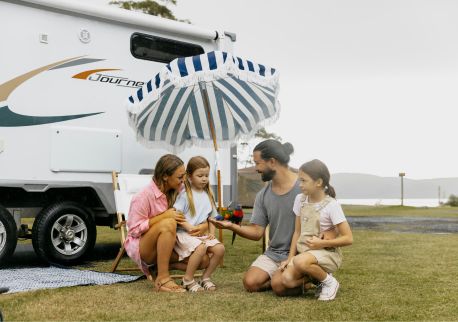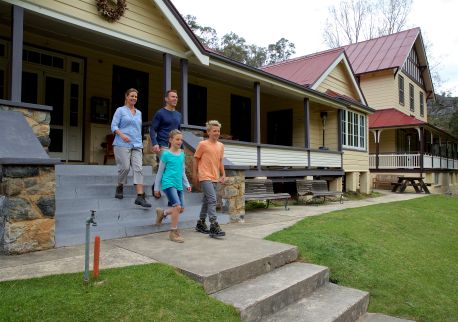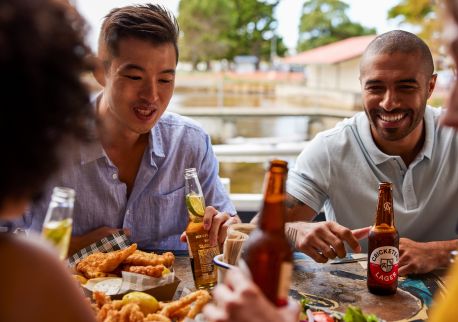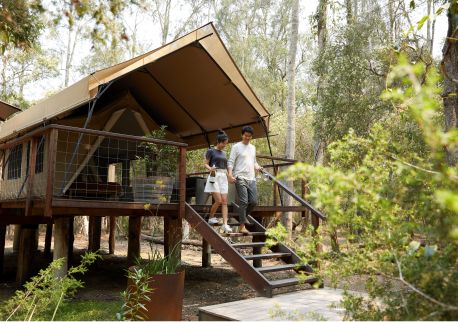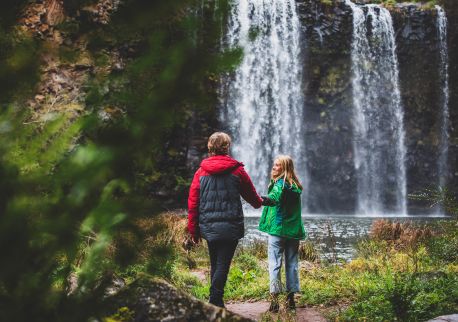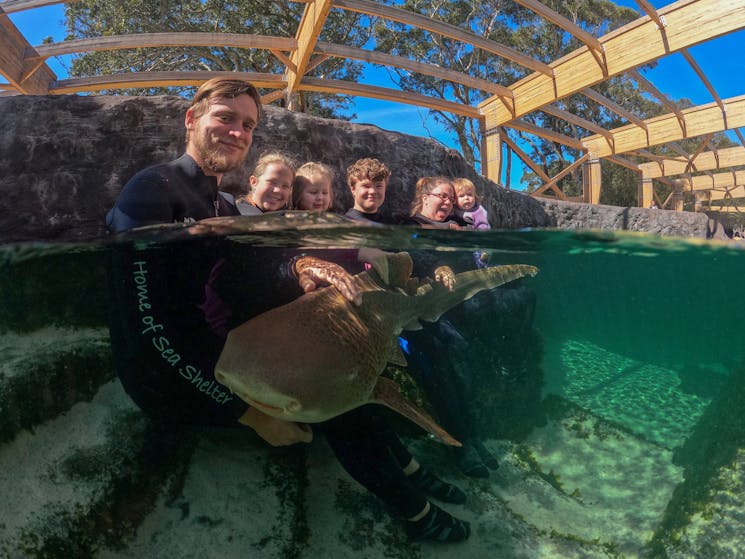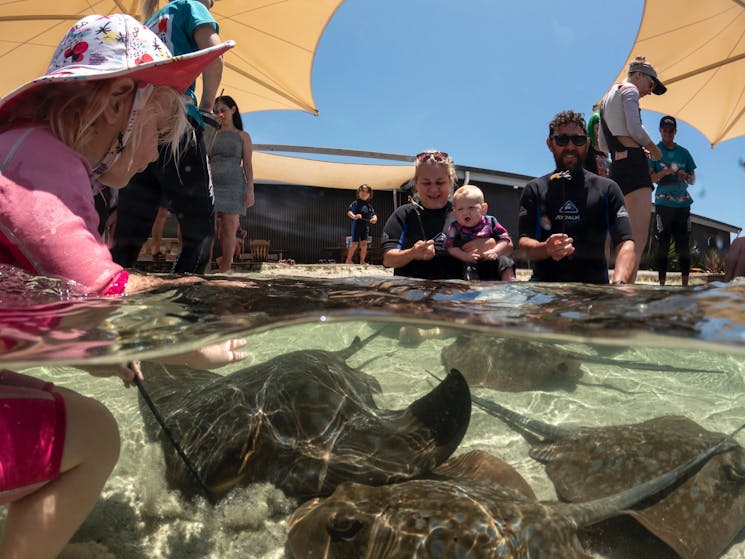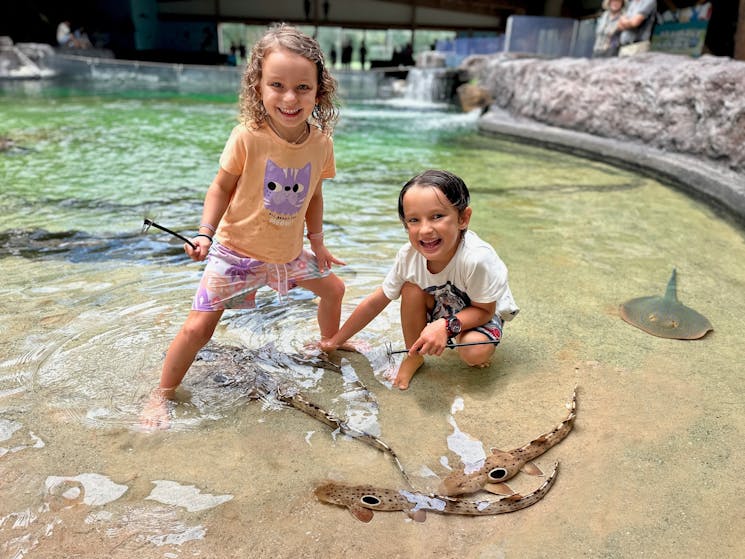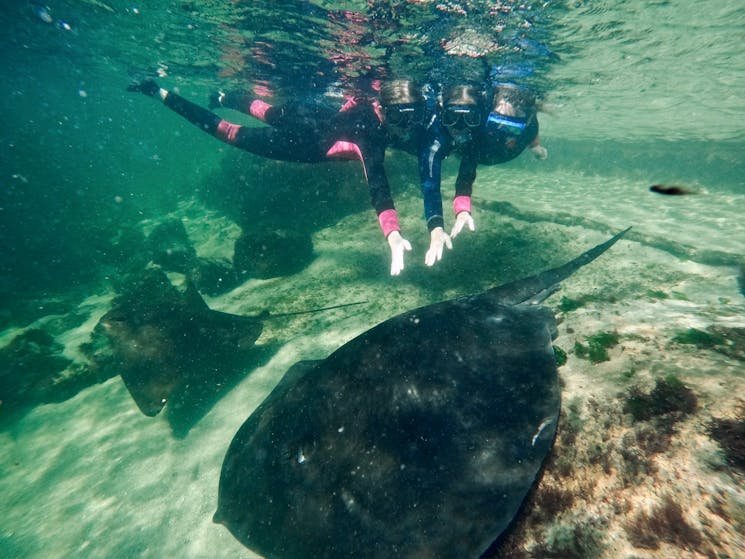Irukandji Shark & Ray Encounters
Highlights
**Educational and conservation-focused** – Learn about ocean ecosystems firsthand.
**Natural-style lagoons** – Experience marine life up close in a stunning setting.
Overview
Irukandji Shark and Ray Encounters are leaders in marine education, conservation and fun. This unique experience is unmatched by any other location in the country.
Visitors interact with marine life during a self guided tour of the aquarium, joining them in their natural-style lagoons, petting and feeding them all under the ever-watchful eyes of the experienced guides. There are even opportunities to get up close with a special encounter with sharks and rays or to snorkel in the deep and swim amongst them.
Irukandji is a massive family, fish and staff alike, as they set out to reveal the true character of some of the worlds most beautiful, intelligent, elusive creatures, at the same time they educate visitors about Australia's delicate ocean ecosystems and ocean pollution.

